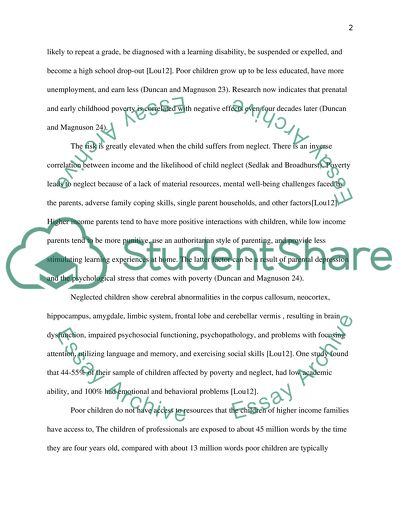Cite this document
(“Early Childhood Poverty, Academic and Life Achievement Research Paper - 1”, n.d.)
Early Childhood Poverty, Academic and Life Achievement Research Paper - 1. Retrieved from https://studentshare.org/sociology/1609285-preschool-children-who-are-in-poverty-and-academic-achievement
Early Childhood Poverty, Academic and Life Achievement Research Paper - 1. Retrieved from https://studentshare.org/sociology/1609285-preschool-children-who-are-in-poverty-and-academic-achievement
(Early Childhood Poverty, Academic and Life Achievement Research Paper - 1)
Early Childhood Poverty, Academic and Life Achievement Research Paper - 1. https://studentshare.org/sociology/1609285-preschool-children-who-are-in-poverty-and-academic-achievement.
Early Childhood Poverty, Academic and Life Achievement Research Paper - 1. https://studentshare.org/sociology/1609285-preschool-children-who-are-in-poverty-and-academic-achievement.
“Early Childhood Poverty, Academic and Life Achievement Research Paper - 1”, n.d. https://studentshare.org/sociology/1609285-preschool-children-who-are-in-poverty-and-academic-achievement.


